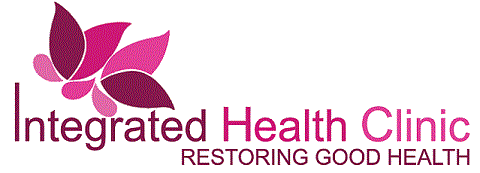Arthritis is a common chronic condition that causes inflammation of one or more joints. It affects both adults and children and typically associated with joint pain and stiffness. Arthritis refers to a symptom rather than a diagnosis.
Types of Arthritis
There are many different types of arthritis with the two most common being osteoarthritis and rheumatoid arthritis. Other types of arthritis are associated with conditions such as juvenile arthritis (in children), gout (caused by uric acid crystals), psoriasis, lupus, septic arthritis (due to infection) or other underlying disease. Depending on the type of arthritis the risk factors and treatments will vary.
Osteoarthritis
In the UK osteoarthritis is the most common type of arthritis. It is usually found in people over 50 yrs, but can also occur at any age as a result of joint related injuries/conditions. The joints most affected include; knees, hips, neck and back, big toes and hands. In osteoarthritis the joint cartilage lining gradually roughens and thins, therefore affecting the normally smooth joint movement. In response to this, and as an attempt to heal the damage the joint tissue becomes more active leading to the formation of bony spurs.
Rheumatoid Arthritis
Rheumatoid arthritis is a chronic systemic inflammatory automimmune disorder that affects joints, tissues and organs. It particularly affects flexible joints causing inflammation of the lining of the joint leading to pain, swelling and eventual erosion of the joint cartilage and bone causing deformity. Joints are usually warm, tender and swollen and there may be morning stiffness. Diffuse inflammation in other parts of the body such as the lungs, heart, eyes and skin nodules (rheumatoid nodules). There may be associated fever, fatigue, poor sleep, flu like symptoms and weight loss.
Symptoms of Arthritis
Depending on the type of arthritis symptoms will vary. The symptoms of arthritis will vary depending on the type of arthritis. These will include;
- joint pain, tenderness and stiffness
- inflammation in the joints
- restricted movement of the joints
- warm, red skin over the affected joint
- weakness and muscle wasting
Treatment
Conventional medicine treatment for osteoarthritis includes a range of pain killers and steroid medication are commonly prescribed. In more severe cases, surgery may be advised.
Rheumatoid arthritis treatment aims to slow down the progression and minimise joint damage. These include; pain killers, disease modifying anti-rheumatic drugs (DMARDs), physiotherapy and excercise.
Integrative and Complementary Medicine
There is no cure for arthritis, and for this reason Complementary therapy treatments can be an effective, drug-free options to managing it. Thus avoiding the potential adverse side effects of medication. Complementary therapies have shown to help rheumatoid arthritis symptoms of pain, stiffness, swelling and well-being.
Acupuncture: is extremely effective for pain management. Research has shown its ability to stimulate pain reducing hormones (endorphins and encepahlins). Initially, the pain relief is short term but with regular treatments longer term benefit can be achieved. It is a good drug-free alternative option and over a period of time effective in back pain. Acupuncture stimulates muscles, nerves and other local tissue and changing the way pain is perceived by the brain and spinal cord, thus reducing pain symptoms. Additionally, it reduces inflammation by releasing vascular and immunomodulating factors, as well as enhances micro blood circulation which helps to disperse inflammatory products.
Nutrition: Essential fatty acids also known as Omega 3 and Omega 6 are found in sources such as, fish oils, plant oils (e.g. primrose, borage and black currant). They help in reducing the joint inflammation in arthritis. Glucosamine and chondroitin supplements can be useful in managing the severity and progression of arthritis. Joint cartilage normally contains glucosamine and chondroitin compounds.
Aromatherapy: Essential oils such as lavender, chamomile, black pepper and eucalyptus are useful when blended with a suitable carrier oil and applied on the relevant joint areas as a massage.
Massage: Therapeutic massage will help to improve blood supply to the affected area and help to reduce swelling and ease pain.
Other therapies: Tai chi, yoga and other self-care measures e.g. regular gentle exercise, relaxation techniques using guided imagery, mindfulness techniques and self-hypnosis which can be useful for pain control. and acupuncture may be helpful.
For more arthritis related complementary therapy information read Arthritis Research UK reports here.
Useful links:
